What if the secret language of your cat isn’t just in their meows and purrs, but in gentle touches and silent waves of energy? For cat lovers, the question of how our feline friends build deep connections with us is both enchanting and mysterious. Do cats use their paws and snuggles to bond, or is there something more—an invisible energy weaving the ties between us? Get ready to discover the surprising ways cats build trust, affection, and lifelong friendships, using tools both seen and unseen. The answers might just change the way you look at your whiskered companion curled up beside you.
The Power of a Cat’s Gentle Touch

Cats are masters of subtlety, and one of the ways they show affection is through gentle physical contact. When a cat reaches out with a soft paw or nestles against your side, it’s more than just seeking warmth. This touch is a sign of trust and comfort. A cat’s fur is sensitive, and these touches create a soothing exchange for both human and feline. It’s a silent way to say, “I feel safe with you.” Many owners notice their cats will knead them as if they’re kneading dough, which is actually a kitten behavior that signals contentment. Even a brief tap with a paw can mean, “I’m here, and you matter to me.” This tactile communication is the foundation of many strong cat-human relationships.
Head Bumps and Forehead Rubs: The Ultimate Cat Compliment

Have you ever received a head bump from your cat? This sweet gesture, also called “bunting,” is like a feline version of a hug. When cats rub their foreheads or cheeks against you, they’re marking you as family by leaving their scent behind. It’s not just about territory—it’s about belonging. These head bumps are reserved for those they truly trust. For cats, scent is everything, and by sharing theirs, they are building a special bond. If your cat head bumps your hand or face, consider yourself truly honored. It’s their way of saying, “We’re in this together.”
Purring: More Than Just a Happy Sound
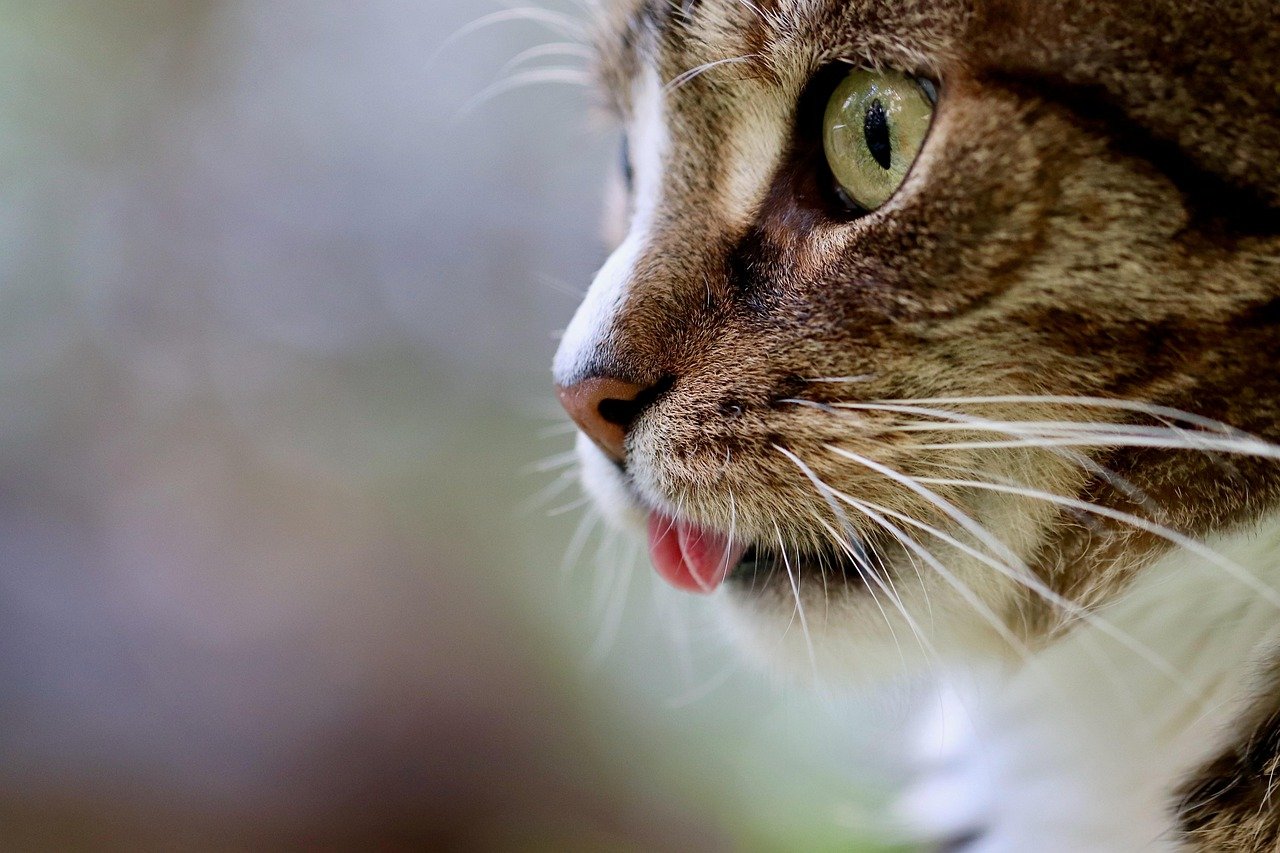
That rumbling purr is one of the most comforting sounds a cat can make, but did you know it’s also a tool for bonding? When cats purr around you, it’s often a sign they feel at ease and connected. Purring can even have a calming effect on humans, reducing stress and lowering blood pressure. Some scientists believe cats purr at specific frequencies that promote healing, not just for themselves but for their humans too. It’s almost like their way of sending you a warm, invisible hug. So, when your cat purrs in your lap, they’re not just expressing happiness; they’re knitting a deeper connection.
Slow Blinks: The “I Love You” in Cat Language

One of the most enchanting ways cats communicate trust is with the famous slow blink. When a cat looks at you and closes its eyes slowly, it’s offering the ultimate sign of affection. In the feline world, closing your eyes in someone’s presence means you’re comfortable enough to let your guard down. Cat lovers have started slow blinking back, and many report their cats returning the gesture. It’s a silent, magical exchange—like a secret handshake just for you and your cat. This gentle, nonverbal communication is proof that energy and trust can be shared without a single touch.
The Warmth of a Cat’s Body Language

When a cat chooses to curl up next to you or sleeps on your chest, it’s doing more than seeking a cozy spot. Cats are drawn to warmth, but they also use their bodies to communicate trust and affection. You might notice your cat stretching out beside you, exposing their belly—a vulnerable area—because they feel safe. Their body language, from a relaxed tail to a slow, rhythmic breathing, speaks volumes. These moments of closeness help solidify the bond between cat and human, creating a shared space of comfort and peace.
Mirroring and Mimicry: Cats Copy What They Love

Ever notice how your cat sometimes seems to copy your actions? Maybe they stretch when you do, or settle in for a nap right when you do. This mirroring isn’t a coincidence—it’s a way cats build social bonds. By mimicking your behavior, they’re showing empathy and connection, much like close friends or family members who unconsciously adopt each other’s habits. This subtle form of bonding demonstrates that cats pay close attention to the energy and routines of their favorite humans. It’s their way of saying, “We’re in sync.”
Energy Fields: The Invisible Connection

Some cat owners swear their cats sense their moods before they even say a word. Whether you believe in energy fields or just think cats are highly observant, there’s no denying their ability to pick up on human emotions. Cats often come close when you’re sad, stressed, or unwell, offering comfort without needing to touch. It’s as if they’re tuned into an invisible frequency. Many people describe feeling calmer and more centered with a cat nearby, even if the cat is just quietly observing from across the room. This mysterious energy connection may be one of the most powerful ways cats build bonds with their humans.
Tail Talk: What a Swish Can Say

A cat’s tail isn’t just for balance—it’s a communication tool. When a cat greets you with a tail held high and a gentle curve at the tip, it’s a sign of affection and happiness. If the tail wraps around you or gently brushes your legs, it’s like a friendly handshake. A puffed-up tail, on the other hand, signals fear or excitement. Learning to read your cat’s tail language can help you understand their feelings and deepen your connection. Paying attention to these subtle cues is another way to strengthen the bond between you and your feline friend.
Grooming Rituals: Sharing the Love
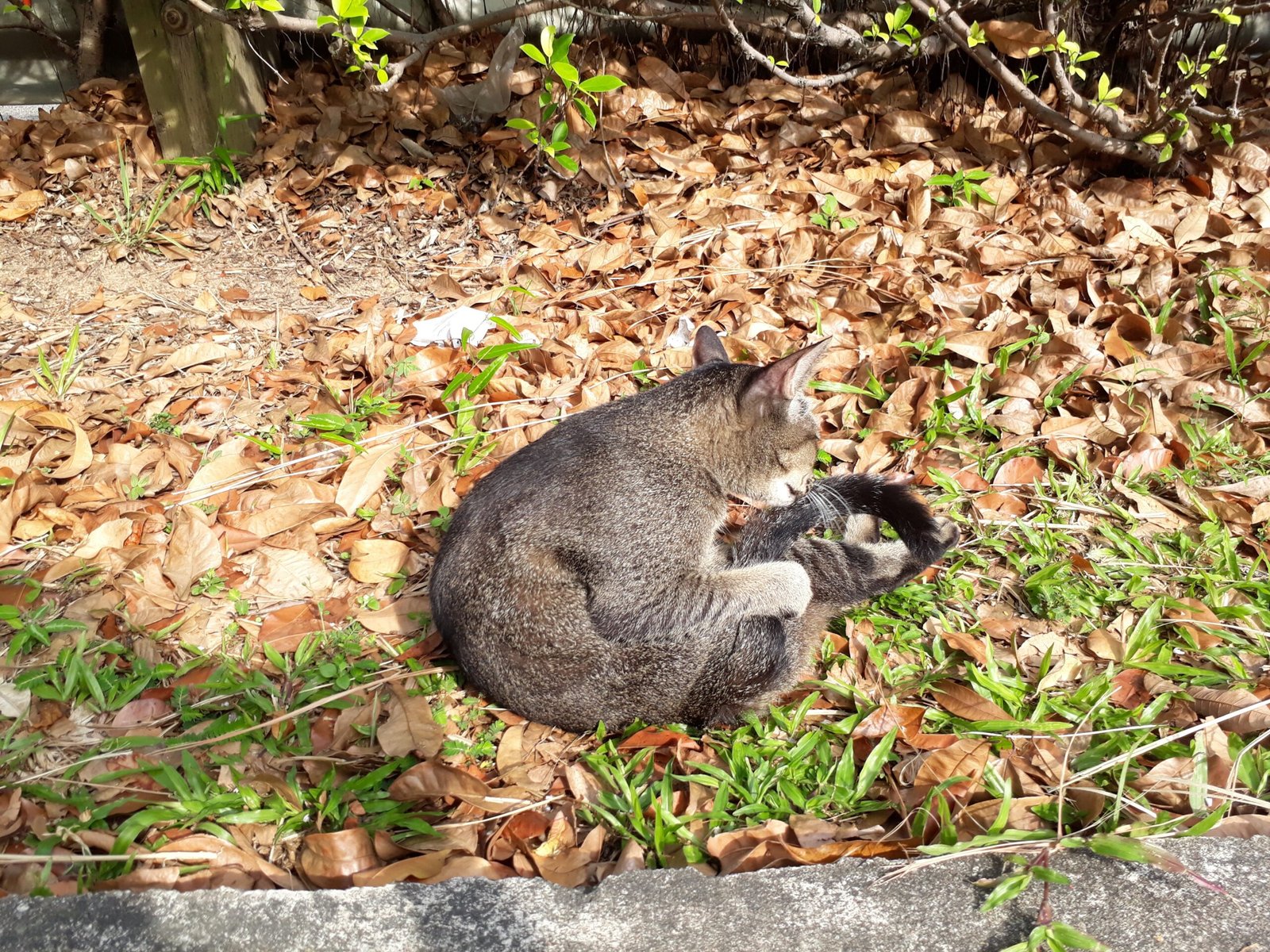
Cats are meticulous groomers, and when they lick you, they’re not just cleaning—they’re including you in their social circle. In the wild, cats groom each other to build trust and reinforce social bonds. When your cat grooms your hand or arm, it’s a sign of affection and acceptance. Some cats will even try to “fix” your hair, as if you’re part of their family. This grooming behavior releases feel-good chemicals in both the cat and the person, making it a sweet, mutual bonding experience.
Vocalizations: Talking Their Way Into Your Heart
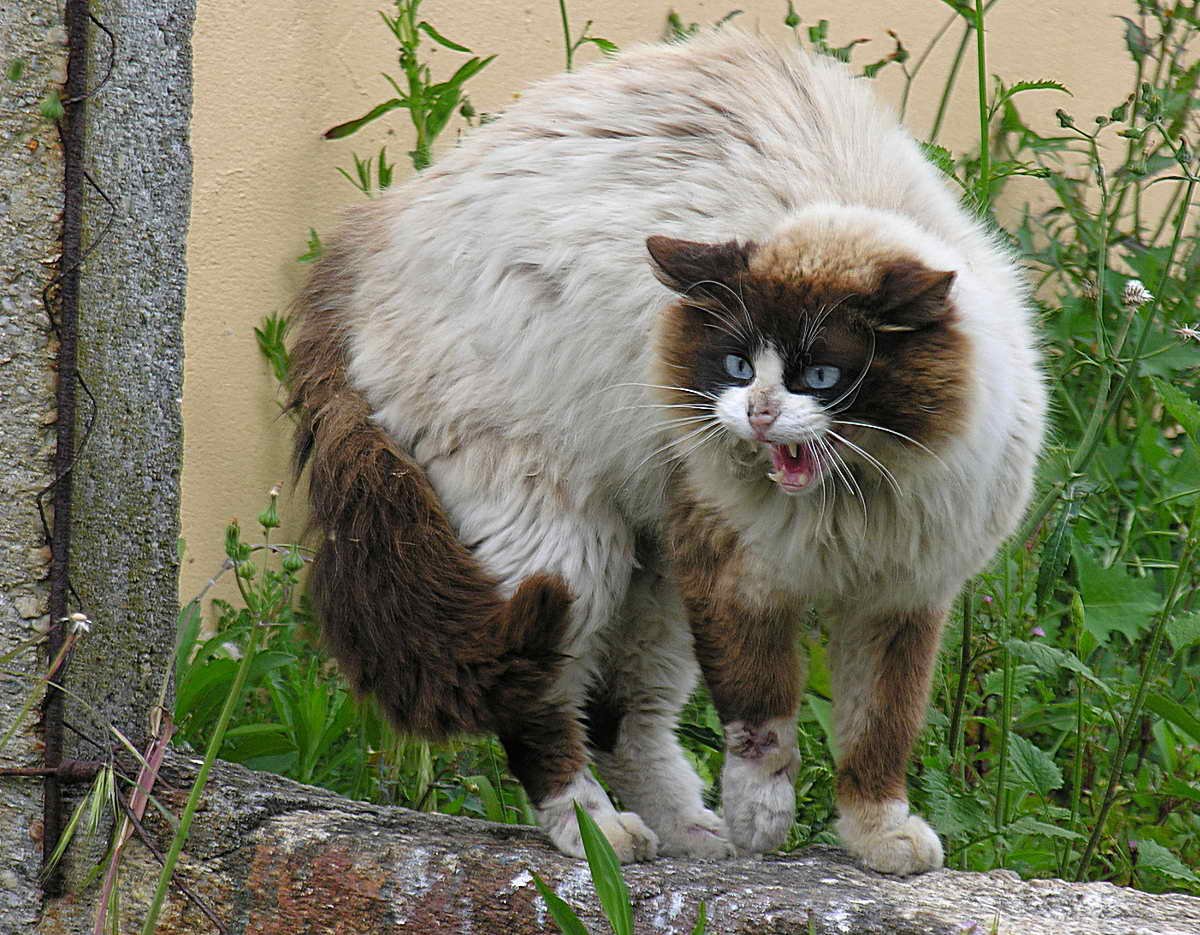
While cats aren’t as vocal as dogs, they have a rich variety of sounds to communicate with their humans. Chirps, trills, meows, and even little chatters are all ways cats express their feelings. Some cats develop a “language” unique to their relationship with their owner, using specific sounds to get attention, express hunger, or show affection. These vocal cues, paired with body language and touch, help cats form strong emotional bonds with their favorite people. Listening and responding to your cat’s unique voice is a key part of building a lasting friendship.
Eye Contact: The Delicate Dance

Direct eye contact can be intimidating for cats, but gentle, soft gazes are a sign of trust. When your cat looks at you calmly, it means they feel safe in your presence. Too much staring can be overwhelming, but occasional eye contact, especially paired with a slow blink, helps reinforce your bond. This delicate dance of glances is like a quiet conversation, building trust and understanding over time. The next time your cat catches your eye, try returning their gaze with warmth and patience.
Playful Paws: Building Bonds Through Fun

Play is a powerful way for cats to connect with both humans and other animals. Chasing toys, pouncing, and batting at strings are more than just entertainment—they’re opportunities to build trust and rapport. During playtime, cats release pent-up energy and develop positive associations with their humans. The shared joy and laughter that come from a good play session can turn even the shyest cat into a devoted friend. Engaging in regular play helps reinforce the bond and keeps both you and your cat happy.
Sleeping Together: Trust at Its Deepest

Cats are at their most vulnerable when they sleep, so if your cat chooses to nap near you—or even on you—it’s the ultimate sign of trust. This closeness is a powerful form of bonding, as it signals your cat feels completely safe in your presence. Many owners find their cats gravitating towards them at bedtime, curling up at their feet or beside their pillow. This shared rest time strengthens the emotional connection, making both cat and human feel secure and loved.
Shared Spaces: The Importance of Territory
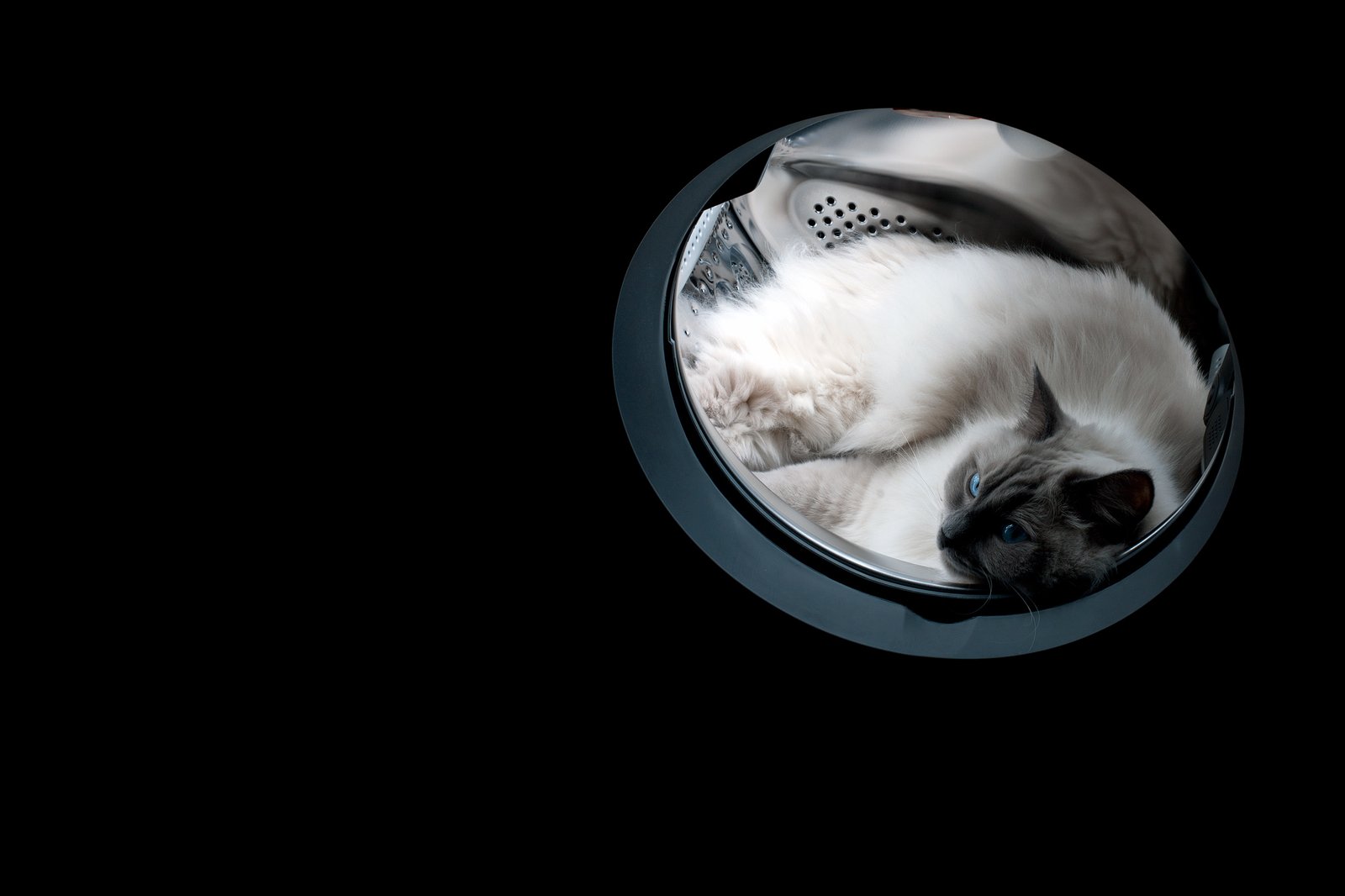
Cats are territorial by nature, and choosing to share their favorite spots with you is a big deal. If your cat invites you to sit on their favorite chair or brings you to their chosen perch, it’s a sign they consider you part of their inner circle. By sharing territory, cats communicate trust and acceptance. Creating shared, cozy spaces in your home—like a sunny windowsill or a warm blanket—can encourage bonding and make your cat feel truly at home.
Respecting Boundaries: The Key to Lasting Bonds

One of the most important parts of building a bond with a cat is learning to respect their boundaries. Cats value their independence, and forcing affection can backfire. Instead, let your cat come to you on their own terms. Offer gentle touches and wait for them to initiate contact. By showing respect for their space, you demonstrate that you’re trustworthy. Over time, this mutual respect leads to a deeper, more meaningful connection.
Bringing Gifts: The Surprising Sign of Affection

If your cat has ever brought you a “gift”—whether it’s a toy, a sock, or, less fortunately, something from outside—they’re showing you affection in their own unique way. In the wild, cats share food and treasures with their family as a sign of care. Domestic cats carry on this behavior, offering items to their humans as tokens of love. While it might not always be pleasant, accepting these gifts with gratitude can reinforce the bond between you and your feline companion.
Routine and Rituals: Building Trust Through Consistency

Cats thrive on routine, and shared rituals—like morning cuddles, playtime, or feeding schedules—help reinforce the bond. Predictable routines create a sense of security and trust. When your cat knows what to expect from you, they relax and let their guard down. These daily rituals become cherished moments, strengthening the connection between you and your cat over time.
Healing Presence: Cats as Emotional Support
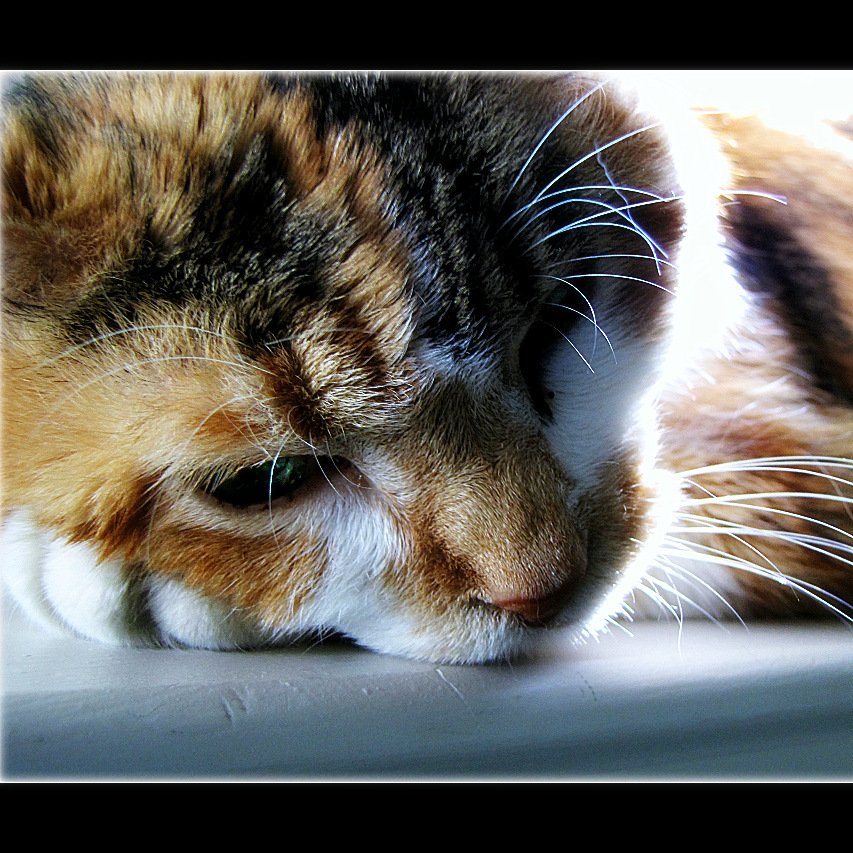
Many people report that their cats seem to sense when they’re feeling down and will offer comfort just by being there. Whether it’s curling up beside you during a difficult moment or offering a gentle purr, cats have a unique way of soothing human emotions. This emotional support is often silent but incredibly powerful. Even without physical touch, the presence of a cat can bring comfort and a sense of peace, further deepening the bond.
Introducing New Cats: Building Bonds Between Felines

When adding a new cat to your household, the process of building bonds can be both exciting and challenging. Cats use touch—like grooming and gentle nuzzling—as well as energy cues to establish trust with each other. The introduction period often involves careful observation, slow approaches, and eventual shared spaces. Over time, cats may develop their own rituals of communication, from playful chases to synchronized naps. Watching two cats build a friendship is a reminder of how both touch and energy play vital roles in feline relationships.
The Human Factor: How Our Energy Influences Cats

Cats are remarkably sensitive to the mood and energy of their humans. If you’re calm and relaxed, your cat is more likely to approach and bond with you. On the other hand, loud noises, sudden movements, or stress can make your cat wary. By cultivating a peaceful environment and practicing patience, you can encourage your cat to feel safe and connected. The energy you bring into your home sets the tone for the relationship, making you an essential part of the bonding process.
From Kitten to Senior: How Bonding Evolves Over Time

The way cats bond with humans can change as they grow older. Kittens often rely on touch and play to build trust, while adult cats may prefer quiet companionship or gentle head bumps. Senior cats can become more affectionate, seeking out warmth and comfort in their golden years. No matter the age, the foundation of the bond remains the same—mutual respect, trust, and a shared sense of safety. Watching your relationship with your cat evolve is one of the most rewarding parts of being a cat parent.
Hi, I’m Bola, a passionate writer and creative strategist with a knack for crafting compelling content that educates, inspires, and connects. Over the years, I’ve honed my skills across various writing fields, including content creation, copywriting, online course development, and video scriptwriting.
When I’m not at my desk, you’ll find me exploring new ideas, reading books, or brainstorming creative ways to solve challenges. I believe that words have the power to transform, and I’m here to help you leverage that power for success.
Thanks for stopping by, Keep coming to this website to checkout new articles form me. You’d always love it!




